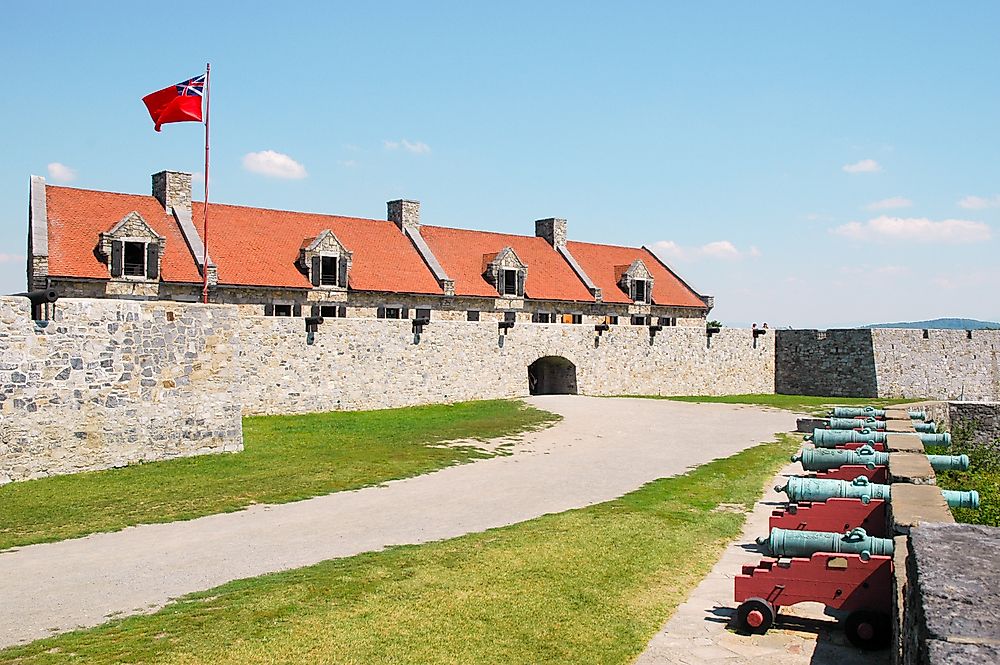What Was The Seven Years' War?

The Seven Years’ War was a worldwide conflict fought between May 17, 1756, and February 15, 1763. The war was fought in five continents, and it affected the Philippines, West Africa, North and South America, India and Europe. All of the great European powers of the time took part in the conflict. The war in Europe was as a result of Austria wanting to regain Silesia from Prussia. Austria and France teamed up and were joined by several other European powers to curb Prussia and Britain’s growing powers. The war goes by different names in different countries, in India is it called the Carnatic war, in the US it is known as the French and Indian war. In French-speaking Canada, it is referred to as the war of the conquest.
Europe
Britain and France fought from 1754 to 1756 when Britain attacked French locations in Northern America. Europe was divided into two sides, Great Britain, Portugal, Prussia, Hanover, and other small German states were on one side, and France, the Roman Empire, the Russian Empire, Sweden, and Bourbon Spain teamed up on one side. Most of the middle and small power states avoided the war. Great Britain and Prussian side become victors setting Britain among the world's superpowers.
North And South America
In the 1750s, the boundary between France and Britain's colonies in North America was not defined. France had laid claim to the whole of the Mississippi river basin, and Britain wanted the region too. The seven years' war was mainly between France and Great Britain fighting for colonial land, and the British managed to gain a substantial influence and large tracts of land. In South America, Portugal went to war with Spain seizing most of the Rio Negro valley from Spain in 1763. Spain invaded and took over the Portuguese colonies of Rio Grande de Sao Pedro, and Colonia do Sacramento.
India
The war in Europe led to friction between the French and British trading companies in India, each wanting to gain dominance in the region. The French teamed with the Mughal Empire of India to oppose British expansion. In 1761, the British sized Pondicherry, the French capital in India, together with other small regions controlled by France leading to the fall of French power in India.
West Africa
In West Africa, Britain captured French Saint Louis in 1758. In May of the same year, Britain also seized Senegal and took home goods seized from French ships. Britain also took hold of the Island of Goree and Gambia. These French colonies were valuable to France’s economy and losing them enfeebled France’s economy and their influence.
Treaties Ending The War
The Treaty of Paris signed on February 10, 1763, pacified the conflict between France and Britain. The treaty was signed by France, Great Britain, and Spain with agreement from Portugal. The treaty led to the end of the Seven Years’ War and the start of an era of British supremacy in countries outside Europe. The captured lands by the two countries were returned to the original owners, but Britain acquired most of France's colonies in North America. Prussia, Saxony, and Austria signed the Treaty of Hubertusburg on February 15, 1763. The parties did not have any significant territorial gains from the treaty, and Prussia maintained its rule in parts of Silesia. The war saw Prussia rise to become a great power.











